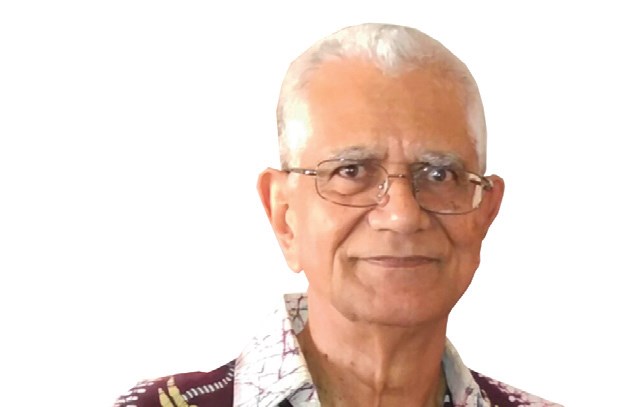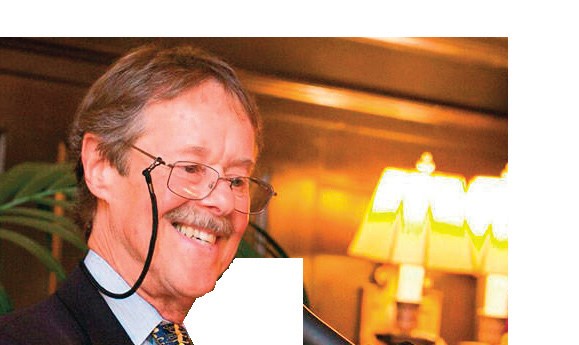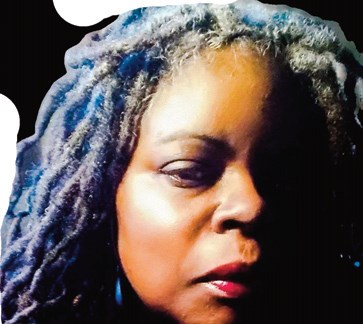 Come February 2009, the NAACP will celebrate its 100th birthday. For many years, the organization’s mammoth national headquarters has been ensconced in a Baltimore corporate center, way, way far away from black, pathology-ridden, inner-city Baltimore. It has taken a dramatic, violence-laden TV series, “The Wire” to bring that tragic, terrifying, black Baltimore out in the open.
Come February 2009, the NAACP will celebrate its 100th birthday. For many years, the organization’s mammoth national headquarters has been ensconced in a Baltimore corporate center, way, way far away from black, pathology-ridden, inner-city Baltimore. It has taken a dramatic, violence-laden TV series, “The Wire” to bring that tragic, terrifying, black Baltimore out in the open.
Sad to say, but there is also a Baltimore branch of the NAACP and a Maryland State Conference of NAACP branches, college and youth divisions, and a regional set-up! (And this is how the NAACP is structured throughout the nation.)
Is the NAACP too old at 100? Has the organization lost its way? Are its leaders deaf, dumb and blind? So, going forward, the most important question is this: Can the Obama period also be a stimulant to rejuvenate the NAACP, or is it just too late for the venerable civil rights organization?
Hope for the NAACP is now in the hands of 35-year-old Benjamin Todd Jealous, a former Rhodes Scholar with a master’s degree from England’s grand Oxford University. (I gather that means he knows a lot about white folks?)
Jealous took over as president and CEO of the NAACP in September. He left his position as president of the Rosenberg Foundation in California to do so.
Jealous has been a community organizer in Harlem and Mississippi, then a reporter and later managing editor of the Jackson Advocate, a black weekly newspaper in Jackson,
Mississippi. While a director of the U.S. Human Rights program at Amnesty International, Jealous was lead author of “Threat and Humiliation: Racial Profiling, Domestic Security, and
Human Rights in the United States,” a 2004 report that received wide coverage around the world.
Jealous is also the former executive director of the National Newspaper Publishers Association (NNPA), a federation of more than 200 black community newspapers.
Julian Bond, NAACP national board chairman, has decided to seek another term. Just remember that the messenger, president-elect Barack Obama, said that organizing is from the bottom up! And the NAACP needs to re-organize into relevancy from the bottom up to survive.
Florida is universally known as a bellwether state, a leader/trend setter. NAACP activities in recent years, however, have shrunk precipitously throughout the state. Any measure of the organization’s lack of activity in Florida and the Washington, D.C. beltway – Northern Virginia, Maryland and D.C. – does not bode well for the organization nationally.
Like a Lake Okeechobee drought, the NAACP is drying up, not only in Florida and the beltway, but throughout the country as well. The main issue is no longer activities of the KKK and the right to vote. It’s black-on-black crime and inequities of the criminal justice systems (an industry). Black people have lost the battle for school integration because white people simply moved to the suburbs and created another separate and unequal system of education within a county school system.
Drugs, HIV/AIDS, Planned Parenthood, environmental injustice, lack of health care, mis-education, gentrification, joblessness and hopelessness are survival issues that must be addressed, because they are all genocidal, meant to pare down black populations; they are all killers! These issues not only need national advocacy, they need direct action – if not by the NAACP, then who? If not now, then when?
Word has gotten out all over the country that the NAACP is old, fat and very bourgeoisie – they thrive on banquets, conferences and conventions, spending untold dollars everywhere but in black communities. People across the country are expected to volunteer their time and money while a bloated bureaucracy sits in Baltimore and several officials fly back and forth around the country, spending precious dollars at fancy hotels and on mid-size car rentals.
Yes, it’s certainly time for a change. But, can the NAACP at its centennial make that leap into the future?
Al Calloway is a former vice president of the Fort Lauderdale NAACP.
Al_Calloway@Verizon.net












No Comment